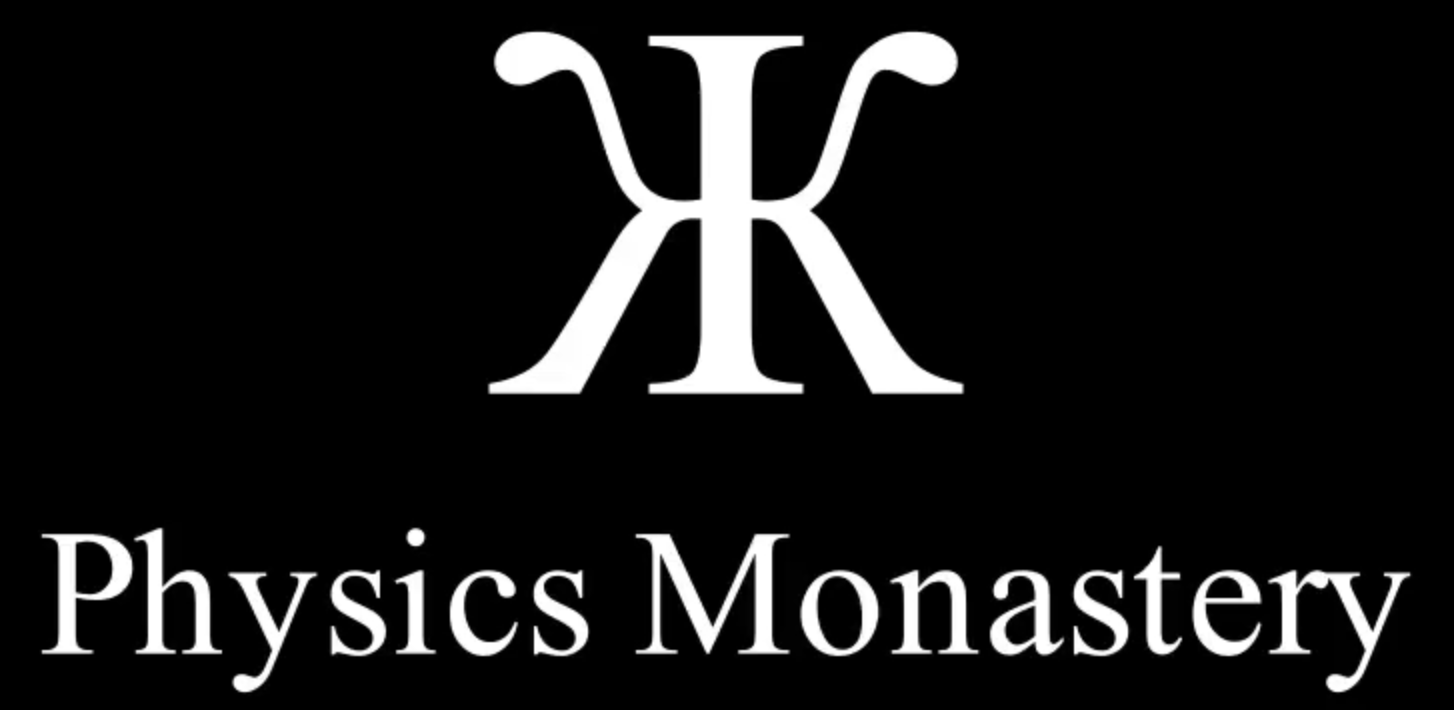The hyperbolic partition equation encodes how the two-layer system coherently partitions within its mass gap—the normalized Planck mass. Its 4 solutions ,
,
and
define the hyperbolic partition constants—which possess the following product, sum and quadrance (sum of squares).
The square of the first solution is the fine structure constant .
In polar coordinates and
are expressed as
and
, where:
In 1591, François Viète showed that the invariants (,
,
,
) of the general monic quartic
with roots ,
,
, and
, are prescribed by its sum of roots, pairwise product sum of roots, triple product sum of roots, and its product of roots.
Let’s apply these insights to the hyperbolic partition equation, which converts into a monic depressed quartic
with ,
,
, and
.
